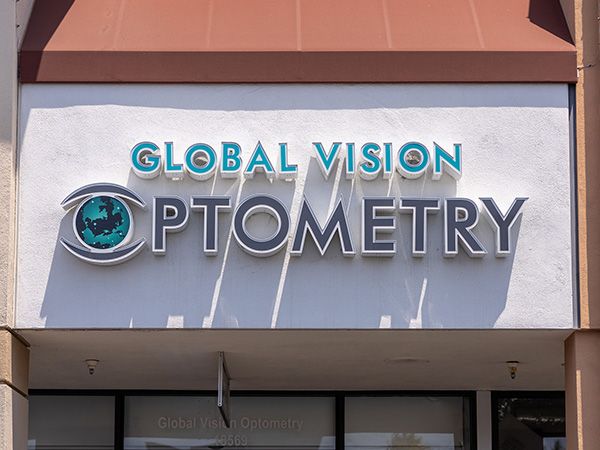
Understanding Dry Eye: Causes, Symptoms, and Effective Management Strategies
Dry eye is a condition that affects millions of people worldwide. It occurs when the tear film fails to keep the eye surface well-lubricated. A smooth and stable tear film is necessary for health, comfort, and good vision.
Disruptions to the tear film can cause symptoms such as burning, itching, blurry vision, and watering. Read on to understand the causes and symptoms of dry eye, and learn more about effective management strategies.
Understanding Dry Eye Disease
The tear film comprises oil, water, and mucus. The three elements help to keep the eye surface clean and moist. Dry eye disease occurs when the eyes fail to produce adequate tears or when the tears are of poor quality.
There are several types of dry eye. Aqueous deficient dry eye is when tears fail to produce enough tears due to problems with the lacrimal gland. Evaporative dry eye is when the tears evaporate too fast due to inadequate oil content.
Some people have mixed dry eye — a combination of tear instability and aqueous tear deficiency.
What Causes Dry Eye Disease
Dry eye is a multifactorial condition that can affect anyone but is more common among elderly individuals. Various factors can contribute to the development of dry eye disease.
Meibomian gland dysfunction is the most common cause of dry eye. It occurs when the oil-producing glands are blocked or fail to produce enough oil for the tear film. Dry eye can occur alongside other health conditions, such as diabetes, Sjogren’s syndrome, blepharitis, and thyroid eye disease.
Symptoms of Dry Eye Disease
Several symptoms can indicate you have dry eye disease. They include:
· A sensation of sand or grit in the eyes.
· Burning or stinging sensation.
· Sensitivity to light.
· Blurry vision.
· Excessively watery eyes.
Assessing the symptoms and understanding the underlying cause is essential for effective treatment.
Risk Factors for Dry Eye
Several factors can increase the risk of developing dry eye disease. They include:
· Age: Tear production decreases as people get older, which can lead to dry eye disease.
· Lifestyle factors: Contact lens wear, prolonged digital device use, and smoking.
· Environmental factors: The weather can increase the risk of dry eye.
· Medical conditions: Autoimmune, neurological, and endocrine conditions are risk factors.
· Certain medications: Contraceptives and blood pressure drugs.
· Hormonal changes: Pregnant and menopausal women are more likely to develop dry eye.
Some eye surgeries, such as LASIK and cataract surgery, can also increase the risk of dry eye disease.
Effective Management for Dry Eye
Eye doctors recommend dry eye management options depending on the underlying cause and the severity. The goals of treatment include improving vision, relieving the symptoms, soothing the eyes, and treating the underlying cause. Effective management helps to reduce or avoid damage to the eye surface.
Treatment options include artificial tears, serum eye drops, and other medications, punctal occlusion, and therapeutic contact lenses. In-office procedures such as thermal pulsation therapy (LipiFlow) and intense pulsed light therapy (IPL) can be effective for treating meibomian gland dysfunction.
A comprehensive eye exam can determine if you have dry eye disease. Dry eye is a chronic condition, but management can help to relieve the symptoms. Home remedies such as placing a compress over the eyes and using a humidifier can help.
For more information on the causes and symptoms of dry eye and effective management strategies, visit Global Vision Optometry. Our office is in Huntington Beach, California. Call (714) 780-2008 to book an appointment today.
https://my.clevelandclinic.org/health/diseases/24479-dry-eye
https://www.aao.org/eye-health/diseases/what-is-dry-eye





